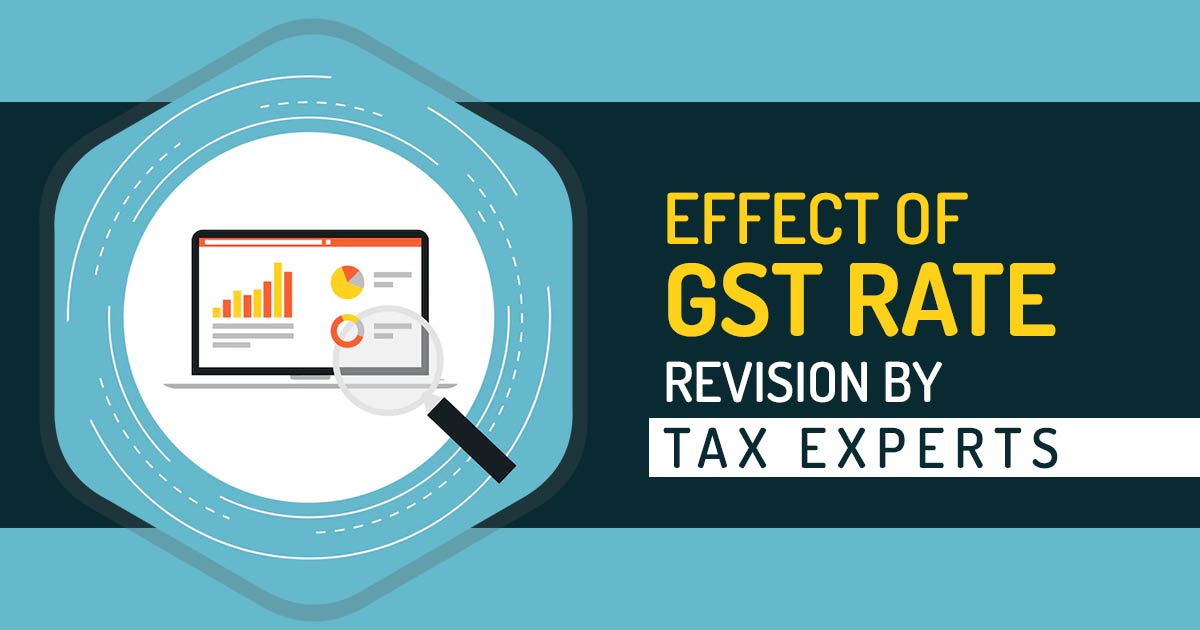
Because of the recent increase in the GST rate on some daily essentials everyday marketing would see a shift. The rise in the price seen in some items is labelled food items, packaged food items weighing up to 25 Kg per pack, or retail packs. Before the revision of GST rate was exempted, currently, a 5% tax is levied on them. The outcome of that will be that staples like packaged pulses, wheat, atta, rice, and others would be included beneath the change. Similarly, a 5% GST would be levied on curd, milk, and paneer. Items such as paper knives, pencil sharpeners, spoons, ladles, forks, skimmers, and others would be now levied with 18% GST instead of 12%. A 12% GST will be imposed on the hotel rooms with a tariff up to Rs 1,000/night that was exempted in the former times. A 5% GST will be imposed on the hospital rooms with the rent of Rs 5000 per day (excluding ICU).
Thought of Mother Dairy Managing Director
Manish Bandlish, Managing Director, Mother Dairy Fruits & Vegetables mentioned that “With impact of GST on certain product categories, we are revising the MRP of select pack sizes coming under the ambit of this new compliance.”
The revision of the rate would be decided in the 47th GST meet conducted in the former month, ruled by Finance Minister of India Nirmala Sitharaman. In the meeting, it is also decided that the elimination of the duty inversion for the goods in which the input taxes were higher with respect to the output taxes. FM pointed to inefficiencies in the value chain, the cause for the surge rendered to negotiate with the same. For this value chain, she was hoping that the load will be reduced on the assessee, which can impact the collection of revenue “The Fitment Committee’s suggestions before the GST Council were considered in full, and more or less, all of them have been accepted,” she added. There is an expectation that Rs 15000 cr of revenue can seek to be generated after the change in the rates.
Pandemic and GST Rate Impact on Revenue
From the impact of the pandemic the revenue has been affected, and due to that GST rate is being changed. The process of compensation for GST execution for the 5 years for the stated ended in June, was not extended even after 12 states have sought it. Thus rationalization of the rate is essential. Leakage in the revenue would be notified because of the provision in which the taxes on the pre-packaged food items were exempted. Hence there was an exemption from the tax on the items which were being sold by some companies beneath the brand names that were not registered ever. There was a loss of Rs 70,000 cr in a year on the rate cut made by GST within the first year of its start.
GST Committee Chief Economic Advisor Ruled
As per the previous Chief Economic Advisor of the GST Committee, Arvind Subramanian ruled that for the Centre and States the combined revenue neutral rate change must be 15-15.5%. During that time the two-rate structure was in place that contain a standard rate that was closer to RNR and a sin rate or a demerit rate and was higher. It was obeyed by a 2019 report incurred by RBI that mentioned that a good weighted average GST rate came down to 11.6 % from 14.4 % at the start. The updated data indicates that a 27.2% pan India average shortfall between post settlement gross SGST revenue and projected revenue was recorded in 2021-2022 corresponding to the 37.9 % recorded in 2020-2021.
Tax expert mentioned that “Firstly, a lot of companies weren’t paying GST because they weren’t registered. From a consumer’s point of view, they aren’t much aware of which brands are registered or not. This led to a lack of level playing field. To invest in food and the latest technology to develop better packing lines amongst other things, there should be a level playing field, which will now be created through this GST revision. Secondly, hardly 10% of staples are branded and packed, like atta, rice, dal, besan, etc. as opposed to the remaining 90%. So, that 90% continues to enjoy tax benefits. From the price hike point of view, I do not think there is going to be much change in sales patterns since 90% of the market was always loose. Now, out of this 10% that was getting taxed, 60% were registered brands and 40% were unregistered. Now, these unregistered brands will have to pay GST.”
“It is very early to observe the changes in sales patterns since it’s only been a week. So, I do not think that consumers will have to pay a lot more, as has been projected. They’ll be paying almost same as before. But yes, at least now, the brands will have to be more conscious rather than what was happening before, Mallick added.”
Tax Experts’ Reviews
According to the experts, There is a lower impact on consumers and the inflationary concern would be lesser. The office stationery and cutlery would not be a daily bought item that is used every day and poses a less CPI weight. GST rise in hotels will result in the rise of 0.11 basis points, LED light will render an outcome of 0.97 base points and the things such as milk and curd would be directed to a rise of 0.47 basis points. Thus the experts recommended that the CPI inflation would not rise much because of the revised rates.









